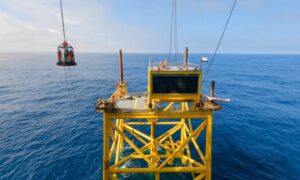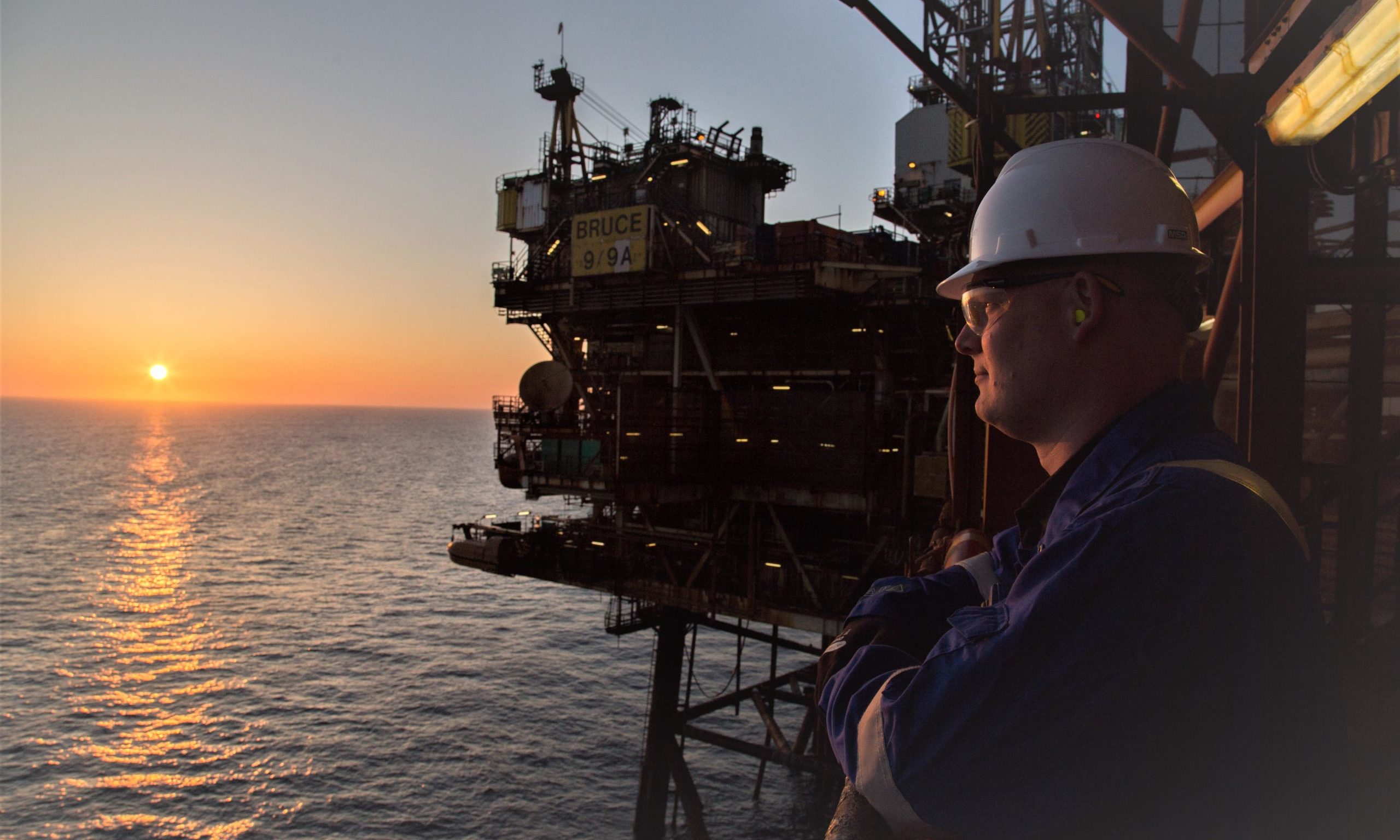The deployment programme being implemented in South Wales is unlike those being proposed by the other UK industrial clusters.
The Merseyside, Grangemouth, Teesside and Humberside industrial clusters have all provided much clearer definition on the specific technology solution they intend to implement from the outset and have already progressed further along the project development process.
SWIC focuses on technology agnosticism with Costain acting as the integrator, bringing together the various strands of technology, companies and interests to find a common way forward.
The ultimate ambition of the SWIC Deployment programme goes beyond simply identifying how the largest emitters in the region could decarbonise their operations at lowest cost and progress technically feasible projects.
It is also to consider how the system works as a whole: how new hydrogen and CO2 energy system infrastructure, as well as use of existing electricity and gas network infrastructure, could facilitate emissions reduction across the whole region.
The first phase of SWIC Deployment focused on the major emitters in the region working to identify potential energy transition and decarbonisation solutions for their processes and operations. In the second phase of the works, which began in March 2021, the objective is to further investigate project opportunities which would deliver emissions reduction through delivery of feasibility, pre-FEED and FEED study scopes of work.
The number of SWIC Deployment partners involved in these second phase works has been significantly increased.
This is to facilitate the development of full chain projects through the involvement of companies interested in developing low carbon hydrogen production facilities, CO2 terminal hubs and export facilities via shipping and also CO2 usage – for example with gas fermentation to make low carbon jet fuel.
Hydrogen to support production
One of the main focuses of the SWIC Deployment programme is the use of hydrogen, which could be produced locally, from gas imports or from local renewable generation.
Solar developer Lightsource bp is participating in SWIC. The company has said it can bring experience to bear from other projects in Australia and Europe. While focused on solar energy, Lightsource bp also has insights into the green hydrogen process, describing this as “one of the fuels of the future”.
As an interim step, until green hydrogen can be produced on a scale required to match demand, blue hydrogen could be produced in the cluster, or it could be imported via local terminals South Hook LNG and Dragon LNG.
SWIC could be producing hydrogen at scale by 2025, as part of its ambition to decarbonise by 2040. This plan could make significant inroads into emissions in the next 13 years.
Initial volumes of hydrogen would be blended into the National Grid’s pipeline network within five years.
The SWIC deployment project considers how the system works as a whole: how new hydrogen and CO2 energy system infrastructure, as well as use of existing electricity and gas network infrastructure, could facilitate emissions reduction across the whole region.
Results so far suggest some scenarios that could see initial volumes of hydrogen blended into the National Grid pipeline network within five years.
Decarbonising power
Hydrogen could be used to decarbonise local energy through consumption in RWE’s 2.2 GW Pembroke power plant. The power company also has additional clean energy plans, including floating offshore wind in the Celtic Sea and the development of its own electrolyser at the Pembroke site. RWE has investments in both on and offshore wind in Wales including the 576-megawatt (MW) offshore wind farm Gwynt y Môr.
Consumers buying power from a hydrogen-fuelled power plant would cut emissions just as surely as if they are consuming the hydrogen direct. The involvement of decarbonised power as an option broadens the scope of the SWIC plan, allowing offtakers to pick the method that is best suited to their needs.
Whether it makes more sense to generate hydrogen locally or import via ships from regions further afield with lower costs is not yet clear. SWIC can play the role of intermediary, gathering demand to a commercial scale and setting the scene for the most cost effective solution.
Decarbonised fuel supply options do not end with hydrogen. LanzaTech signed up to join SWIC in June 2021.
The company is working on the world’s first commercial-scale ethanol-based jet fuel facility, which could be installed by 2025 in Port Talbot. The plant will produce a 100 million litres per year of synthetic jet fuel, which could be blended with conventional jet to produce Sustainable Aviation Fuel, to drive decarbonisation of the UK’s aviation industry.
The ethanol feedstock for the Alcohol-to-Jet plant could come from existing waste-based ethanol sources or be produced locally from industrial waste gases using LanzaTech’s gas fermentation technology. This approach will offer a further decarbonisation option to SWIC emitters alongside traditional capture and storage solutions.
CCUS to decarbonise and grow
Given the scale of the net zero challenge, it is unlikely that all sectors will manage to eliminate emissions in the required timeframe. SWIC includes cement and steel plants, both of which are hard to decarbonise industries.
The UK has a world class carbon storage capacity, with some estimates putting the country’s capacity at more than 40% of Europe’s total or 78 billion tonnes of CO2. This capacity is largely located in the North Sea through depleted oil fields and saline aquifers.
Unlike some of the industrial clusters, South Wales has a lack of local storage sites for CO2 so instead, SWIC has opted to pursue a strategy of CO2 exports, which would be a first for the UK and marks the creation of a new industry for the region. Welsh industry could benefit from a network of pipelines connecting facilities to port infrastructure, such as at the LNG terminals.
As CCUS develops as an industry, merchant facilities will become more common. For instance, Norway’s Northern Lights project covers the construction of infrastructure to receive CO2 from ships. Emissions will then be piped into a reservoir 2,600 metres under the seabed. The first phase should be ready in 2024, with capacity of up to 1.5mn tonnes per year of CO2.
Initially, it will be larger companies that dominate CCUS export plans in the South Wales area. These tend to have greater commitments in tackling climate change and net zero plans.
Having the largest industrial emitters working through the project development Capital Value Process at the same time allows the regional decarbonisation solution to evolve in a way that enables synergies to be identified and a more optimal solution to be developed collaboratively.
Extending regional reach
If demand for CCUS grows, the networks and infrastructure system can then expand. Initial coverage can extend across the two South Wales regions. Cardiff Capital Region is effectively a gateway to the Midlands, to Somerset and Gloucester – and as far west as Reading.
The South West Wales region, including the Milford Haven, is currently responsible for over 20% of the UK’s energy.
Furthermore, the presence of CO2 pipelines and facilities will attract new investment to the region. Companies taking long-term decisions on constructing facilities will see the benefit of being able to access existing decarbonisation options and move to the region.










